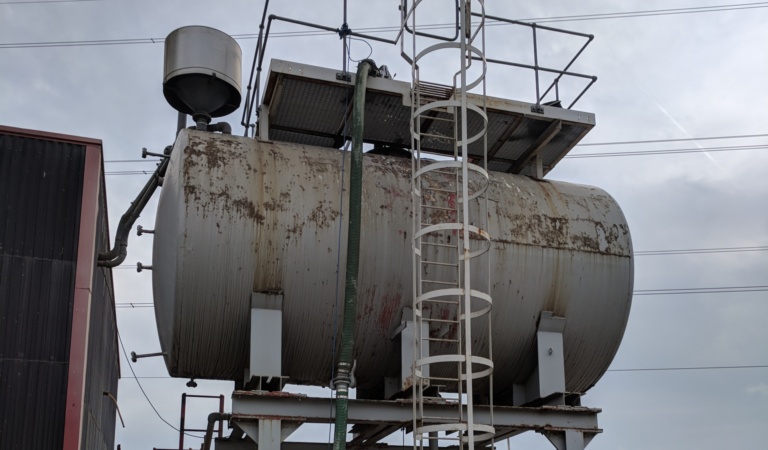 4th May 2022
4th May 2022What Water Tank Size Do I Need?
Water tanks are used for many reasons.
Storing potable water, rainwater, or storing water in an above-ground storage tank. Water storage tanks come in different sizes, it’s important to know what size is most suitable for your needs.
Those searching for emergency use suitability may choose a small tank. But if someone is looking to meet a lot of domestic demands, they may require a large water tank. Think of the hospitality industry, for example.
There are high demands, not specifically just for water, but for things that also require water in the process – food preparation, cooking, cleaning, laundry, bathing.
So here’s some things you should consider before making a decision on which size water tank is necessary for you.
Things To Consider
No matter the size, all water storage tanks should meet the local fire code requirements. Plus, it’s beneficial if they can store a few extra days’ worth of water.
Tank Material
Tanks aren’t just available in one material. There’s quite a few options: GRP (Glass-Reinforced Plastic), Steel & Galvanised Steel tanks, and Concrete water storage tanks.
Some tanks are better suited to certain environmental conditions whereas other tanks are more suitable for larger amounts of water.
For example, though they’re very expensive to manufacture, fibreglass water storage tanks are more ideal for storing over 10 thousand gallons.
As long as any tank you choose is approved by WRAS (Water Regulations Approval Scheme), then it is safe to use.
Location
The location of your storage tank also plays a big part in the size of tank needed.
Like we mentioned previously, emergency use purposes don’t require a big tank size. In fact, they couldn’t afford to. Emergency use implies something that’s easily accessible but also portable.
If the emergency use purpose tank is large, it’s not going to be much help. Instead of taking it to individuals, you would have to bring individuals to it… Which sort of defeats the purpose of emergency use.
Location is also helpful in determining material. You wouldn’t really want a large concrete water storage tank close to salty air.
With concrete and stone, getting wet is fine. But when it gets wet and salty, it can be a problem. Salt can crystallise under the surface of the rock and cause cracks to start forming on the outermost layer. In turn, this can cause the concrete to become crumbly.
This is something that can make the whole structure become unstable, deeming it unsafe.
Amount of Water
Perhaps the top priority when it comes to choosing a water tank size is how much water you’ll need.
Everyone is different and uses different amounts of water. It may depend on few things, like lifestyle, industry sector, and amount of people/time spent in the building.
Searching the average use of water is probably enough to make estimated calculations. On estimation, the average person uses 150L of water every day. This includes tasks such as laundry, bathing, cleaning, drinking, toilet flushing, etc.
So just multiplying the set number of 150L by the specific amount will produce a rough result of how much water you’ll need. Of course, in industries like hospitality and manufacturing this will differ greatly. Especially for manufacturing where it’s less about individual use and more about water use in processes.
It is best, though, once you’ve determined a size, to consider the effect of extra water. Then you could just adjust the pre-determined size based on how much extra water storage you would want.
Our Services
We have GRP, Steel & Galvanised Steel, and Concrete water storage tanks. As well as storage tanks, we provide Cooling Towers.
Whether you require installation, modification, or maintenance help, we’ve got you covered. Did you know we also provide Legionella Services like water treatment?
Get In Touch
Cold Water Storage has a collective 30 years of experience and knowledge in the water hygiene and legionella industry.
We also install, repair, reline and replace cold water tanks.
Get in touch with our team today. Call us at 01943 872 311 or email info@coldwaterstorage.co.uk. We’ll respond as soon as possible!